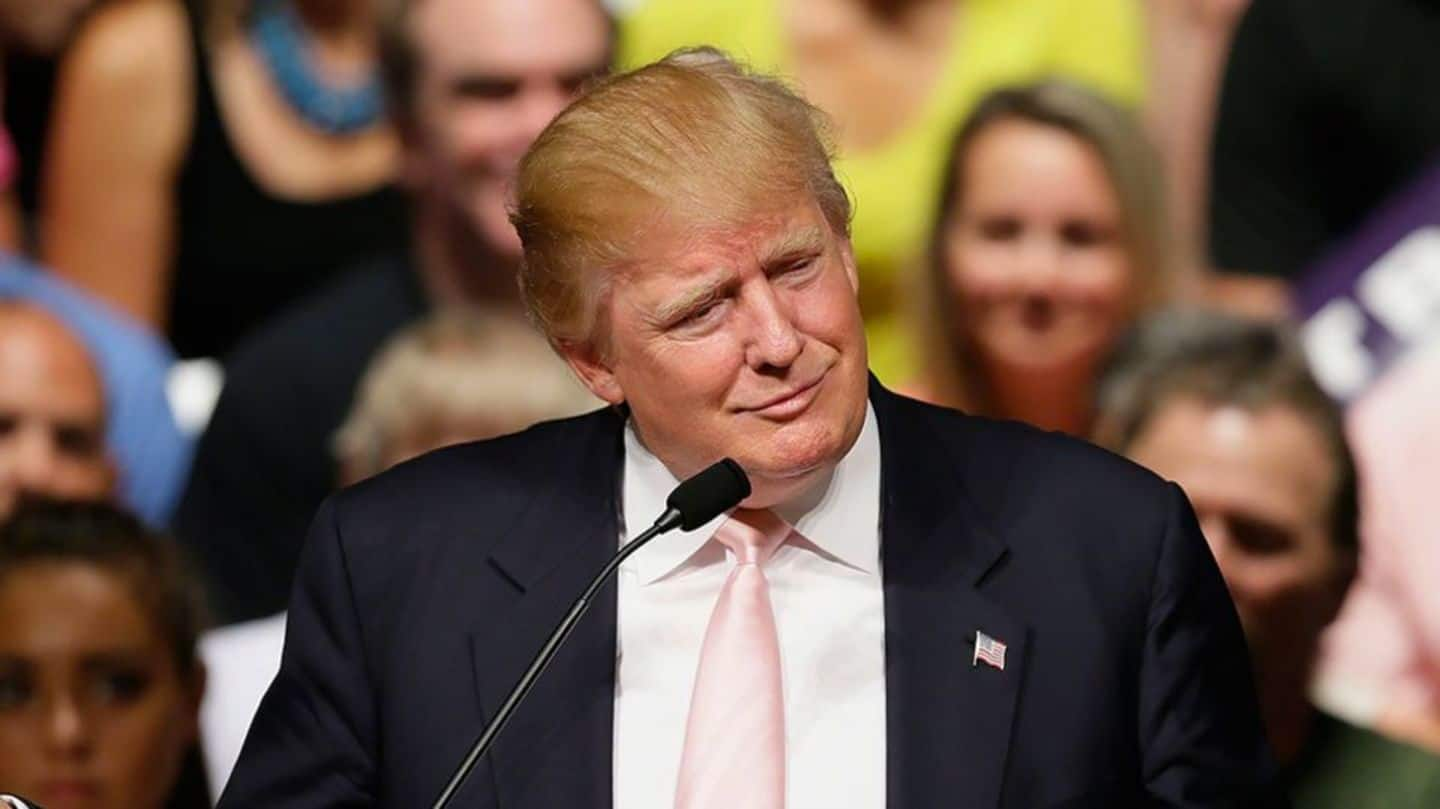
US ramps up airstrikes in Afghanistan under new Trump strategy
What's the story
US warplanes are conducting airstrikes on Afghanistan on a scale not seen since the height of the American troop surge in 2010. In September, the US Air Force dropped 751 bombs in Afghanistan, a near 50% increase from August, the highest single-month spike in seven years. In August, President Donald Trump announced a new Afghanistan strategy, giving the military more freedom to engage with militants.
22 Aug 2017
Trump unveils Afghanistan strategy, asks India to play greater role
On August 22, President Donald Trump announced that he's putting a new strategy in place for Afghanistan and South Asia. He said he'd prolong the US military intervention in Afghanistan but didn't mention how many US troops he'll send or for how long they'll stay. He said he'll encourage India to play a greater role in Afghanistan and also warned Pakistan against supporting terrorists.
Reason
Air force attributes increased bombing to Trump's Afghan strategy
In its monthly report, the US Air Force (USAF) attributed the increased bombings to "the president's strategy to more proactively target extremist groups that threaten the stability and security of the Afghan people." The USAF has deployed six additional F-16 fighter-bombers to Bagram airfield, near Kabul. More B-52 bombers are also conducting strike missions in Afghanistan from bases in the Persian Gulf.
Details
Trump's policy was announced to help struggling Afghan forces
Former President Barack Obama had imposed restrictions on US troops, allowing them to only attack militants in certain circumstances, such as in self-defense. However, Trump lifted these restrictions as part of his Afghanistan strategy to help US forces better engage with and fight militants. His decision came even as Afghan forces struggled to contain a resurgent Taliban and increasingly expanding ISIS.